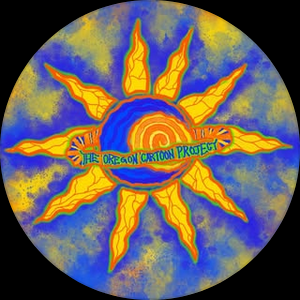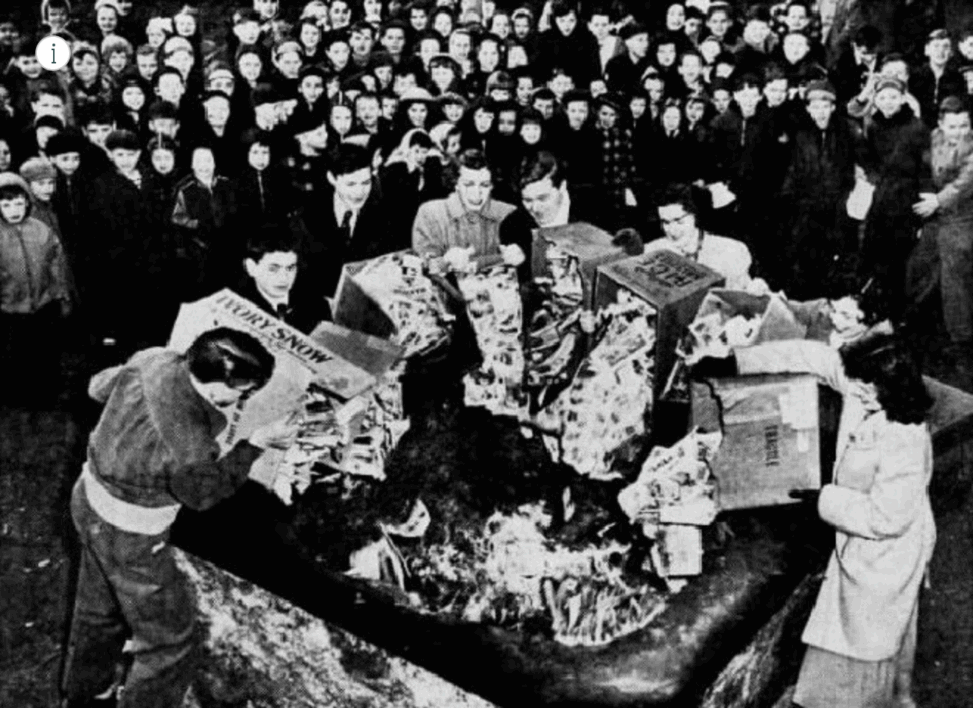Burning Comics in Postwar America
1945: The same year the United States defeated the most infamous book burners in modern history, Americans began their own campaign against works deemed to be offensive. While comic books had been subject to criticism even before World War II began, those early critiques focused on the dangers they posed to the individual reader. After the war, comics became a scapegoat for American cultural and social insecurities in the new Cold War world: juvenile delinquency; crime; violence; sexual promiscuity; homosexuality; and more. The anti-comics crusaders came from all walks of American life: teachers; parents; children; politicians; clergy; intellectuals; medical professionals; journalists; and civic leaders. They were men and women, boys and girls, young and old, black and white, urban and rural. Unsatisfied with merely limiting access to materials deemed to be objectionable, these comics opponents often sought to physically destroy comic books. Between 1945-1955, Americans organized dozens of public book burnings. The Comic Book Burnings Project (CBBP) seeks to identify and document those very public incidents of censorship that took place across the United States.

